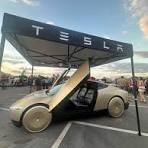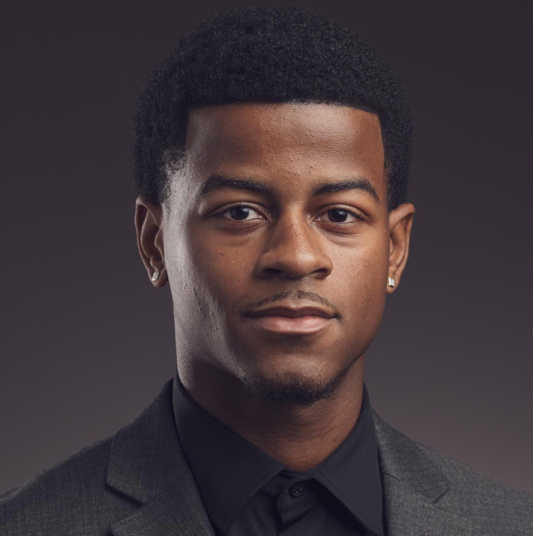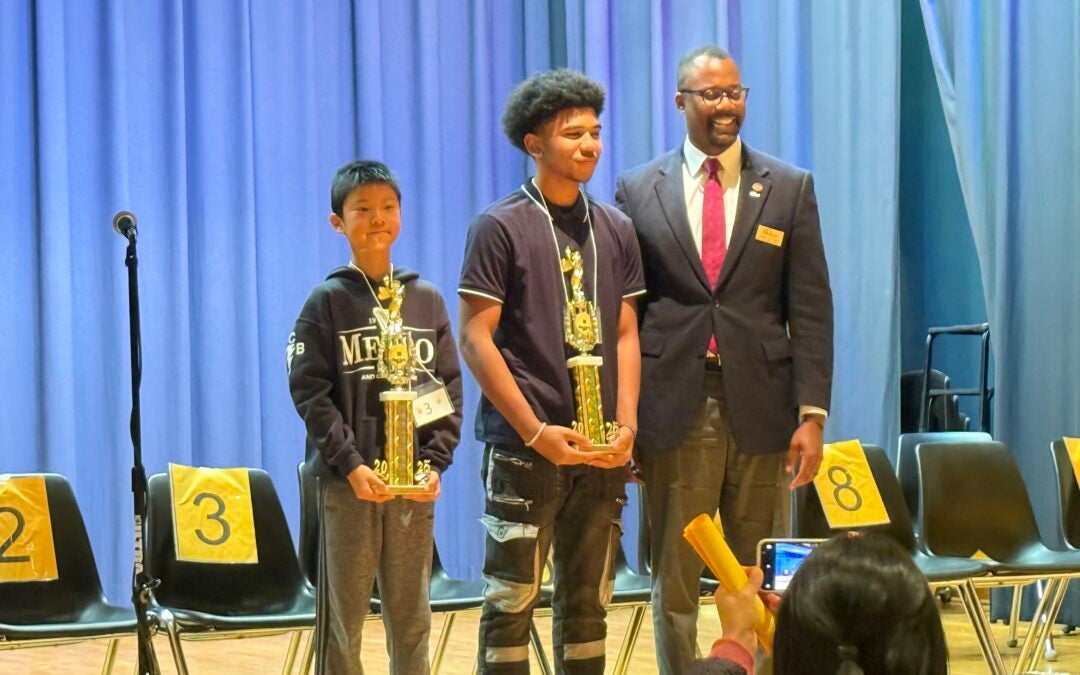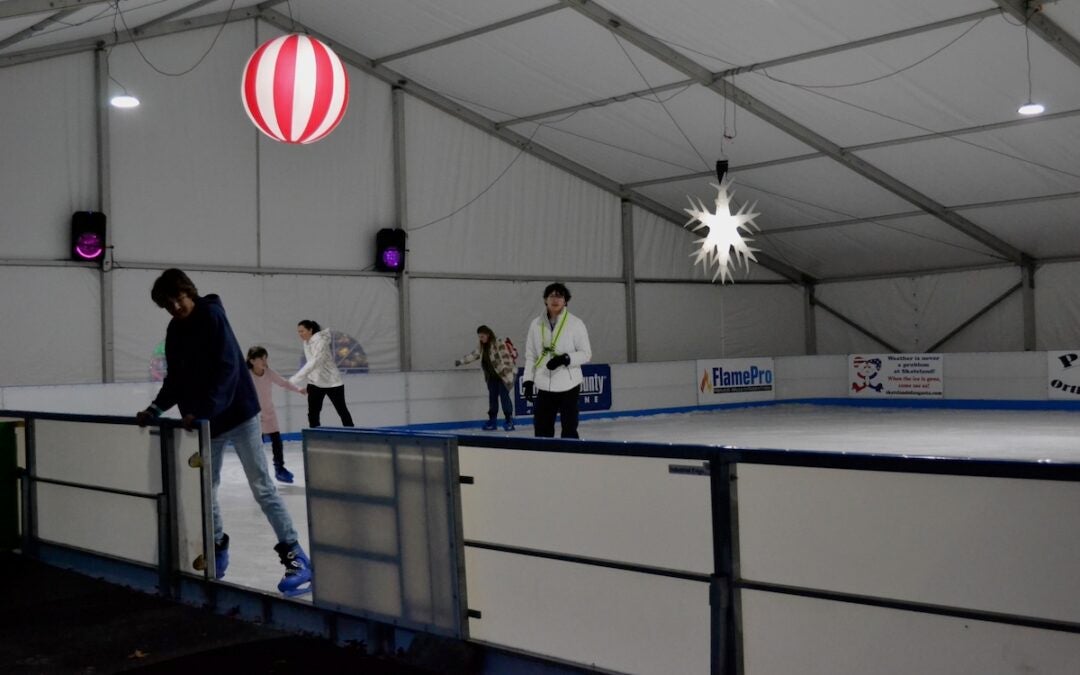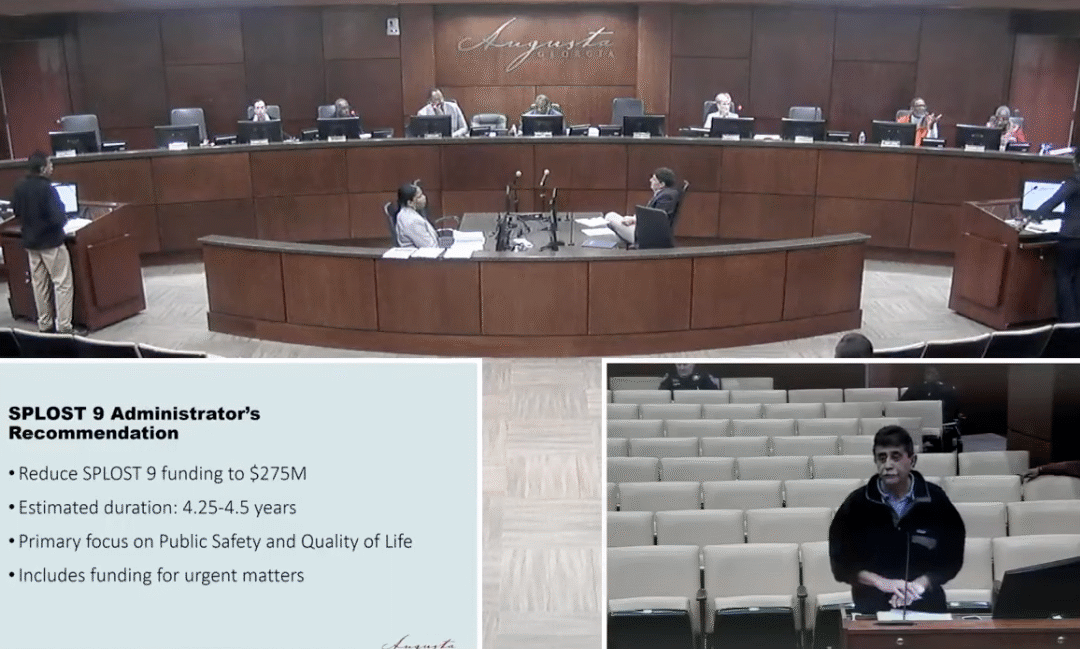What if, instead of costing you more money a month than a hungry teenager, your car worked to earn its keep?
Imagine you pull up to your house after work. After parking your car, you gather your things and walk into your house. Meanwhile, your car is backing out of the driveway and headed to work, shuffling people here and there, making you money while you sleep.
That could be a near future reality if Tesla’s Robotaxi service works out the way that Elon Musk is planning it.
This week, Tesla’s Robotaxi was the talk of Austin, Texas, as the program tested 10 Model Y “Robotaxi” units. The taxis operated with a “safety monitor” in the front passenger seat to make sure things went smoothly and to troubleshoot any issues that may come up. Rides were ordered from the phone app at an introductory price of $4.20.
While the Model Y cars used are identical to the ones already on the roadways, Tesla has developed its own “Cyber Cab” that will be used for taxi only service. With gullwing doors for easy access and an extended trunk area for luggage, these Cyber Cabs don’t even have driver controls like steering wheels or pedals.
Tesla has also stated that owners of their cars can opt in to have their own cars serve as autonomous taxi cabs when their cars are not in use, such as when they are working and sleeping. The camera technology used in the Robotaxi program already comes equipped in all Tesla models.
Waymo, Tesla’s largest competitor, has a sharp head start in this industry. Operating in larger markets only, like San Diego, Los Angeles, and Atlanta, Waymo has been giving rides since 2015.
Development started in 2009 as the Google Self Driving Car Project and has ramped up to 1,500 units in operation. In April, Waymo completed over 250,000 paid rides, breaking their monthly record by 50,000. In May, the tally of miles hit 71 million while in operation.
Unlike Tesla’s plans, Waymo uses custom Jaguar I-PACE electric vehicles with almost 40 external sensors, including LiDAR, and all are owned by Waymo. Their cost is almost $200,000, which is four times what a comparable Tesla capable of Robotaxi work does. Tesla only uses eight external cameras to pilot through the streets and uses the same technology as their Full Self Driving program.
Elon Musk has taken a lot grief over his disdain for the LiDAR technology that Waymo uses, which paints a three-dimensional picture of the vehicle’s environment.
“Tesla self-driving can be deployed anywhere it’s approved. It does not require expensive, specialized equipment or extensive mapping of service areas,” the official Tesla account posted on X the same day that the Robotaxi launched in Austin.
Safety concerns from both providers have been voiced. As of press time, Waymo has had 696 incidents since 2015. Not all these incidents are the fault of the Waymo car. Tesla Full Self Driving incident numbers are difficult to pinpoint, but Tesla states that FSD is safer than human driving. Both companies have been investigated by the National Highway Traffic Safety Administration numerous times and applied recalls and software improvements due to the findings.
Are they safer than calling some random person on Uber, Lyft, or a Taxi to come pick you up? Maybe. I’ve always heard growing up not to talk to people on the internet or get in a stranger’s car, and now we do exactly that.
As for me, I will see you on the road, driving myself!

